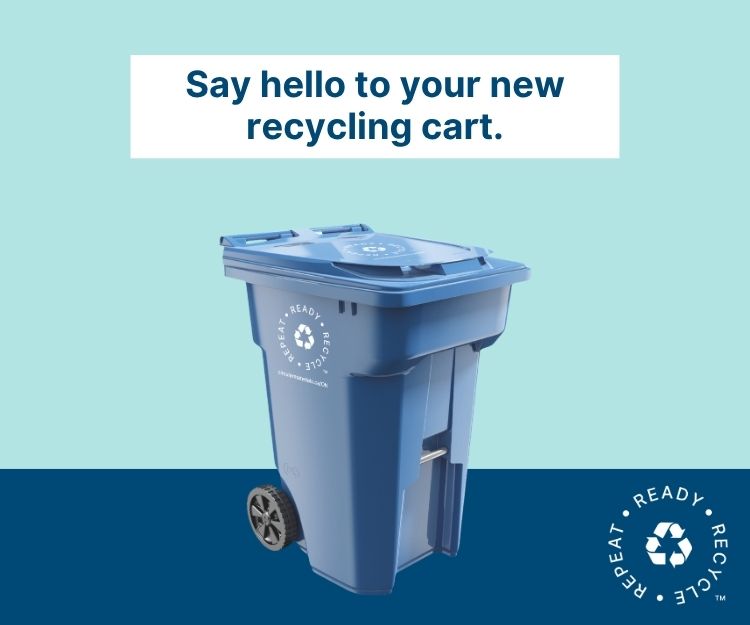By: Michelle Poirier
The lack of affordable transportation options in Georgina is impacting low-income residents and their access to health care services, according to a community-led report, A Closer Look.
The report, funded by the United Way of Toronto, points out that Georgina shares critical health care issues with other smaller, rural municipalities – a shortage of family doctors, not enough long-term care beds, and a lack of after-hour medical clinics – forcing many residents to travel outside the municipality for health care.
“If you’re up in Georgina, poor, with a transit system that is still growing and young, you’re stuck. The social infrastructure has not kept pace with the physical infrastructure,” says Daniele Zanotti, CEO United Way of Greater Toronto.
Marie Morton, Executive Director of Hospice Georgina, says: “Despite medical services available in Georgina, people living with a chronic health condition frequently need to travel to Newmarket and further south to serve their health care needs.”
The report states that while on the surface it appears that Georgina has transportation systems in place, particularly with York Region Transit’s (YRT) Mobility On-Request (MOR) Service, participants in the consultation indicated a very different experience.
Those who cannot drive (including youth, seniors, individuals with disabilities, and those living on low income who cannot afford cars), who rely on transportation services to get around feel it falls far short of meeting their needs.
Services provided by Routes Connecting Communities and CHATS fill a gap, but for people who need the service on a regular basis and can’t afford to reimburse a volunteer driver for their mileage multiple times per week to go to a treatment at Southlake or a hospital further south, there is still a need for greater support.
One of the participants interviewed for the report stated: “I know a story of a person who couldn’t get around and needed help. They couldn’t get to the doctor to get a referral to a Community Care Access Centre (CCAC).”
According to Danielle Koren, the Executive Director of Routes Connecting Communities, 58 per cent of the rides that Routes provide are to medical appointments and most residents need to go to Newmarket or even further afield.
Ms. Koren says that Routes offer subsidy assistance for people who have a net subsidy income level (total income minus highest expense) of a maximum of $500 per month. While some residents may be eligible for assistance, most are not, and the costs of the rides can add up if you have to travel often.
Routes and other service providers are actively working towards solutions, but Ms. Koren says the community needs to come together to discuss how the various services could better work together to address the issue of transportation in Georgina. Recently, she asked Georgina Town Council to initiate a transportation committee.
“Improving the transportation service in Georgina would have wide-spread benefits by reducing one of the primary barriers to accessing other types of supports and reducing isolation in the community,” she says. “Representatives from the Town, YRT, Routes, Hospice, as well as residents. Together we can improve the current system.”
If you are interested in brainstorming about solutions, please join us on February 5 or February 12. Fore more information: geraldine@acloserlookgeorgina.ca
- September 24, 2025 Issue - September 26, 2025
- September 10, 2025 Issue - September 10, 2025
- August 24, 2025 Issue - August 28, 2025









































